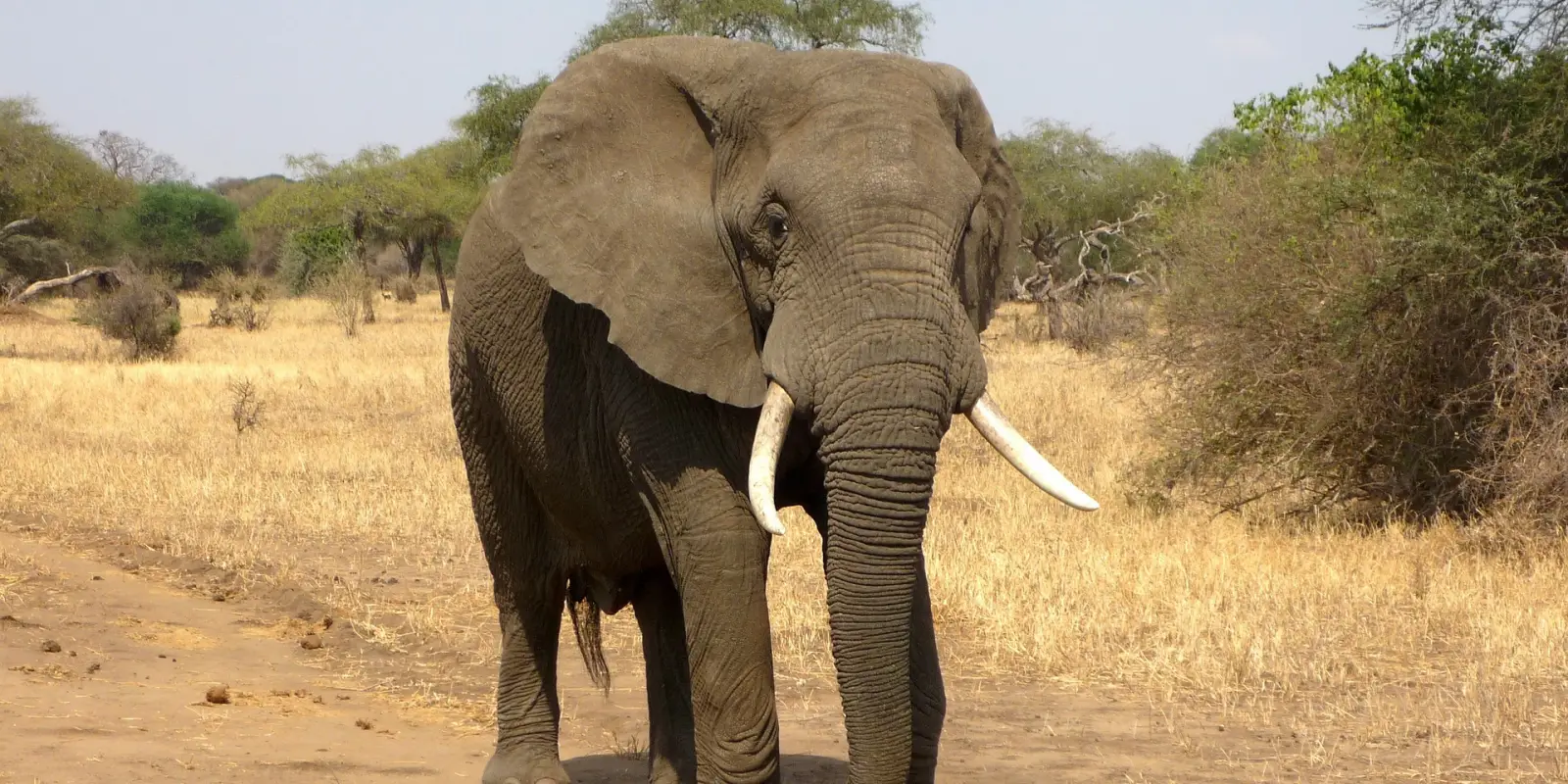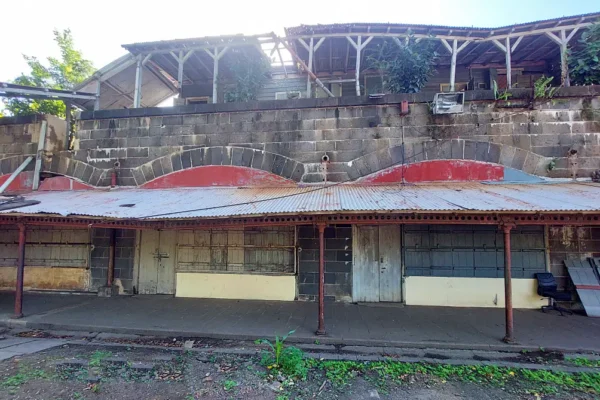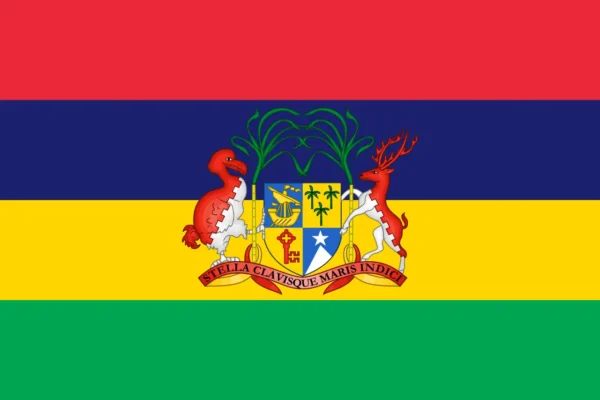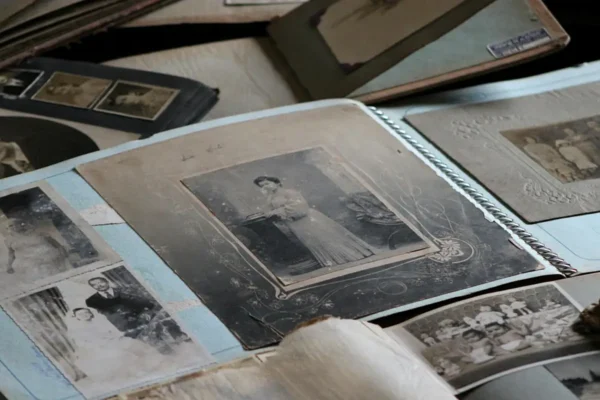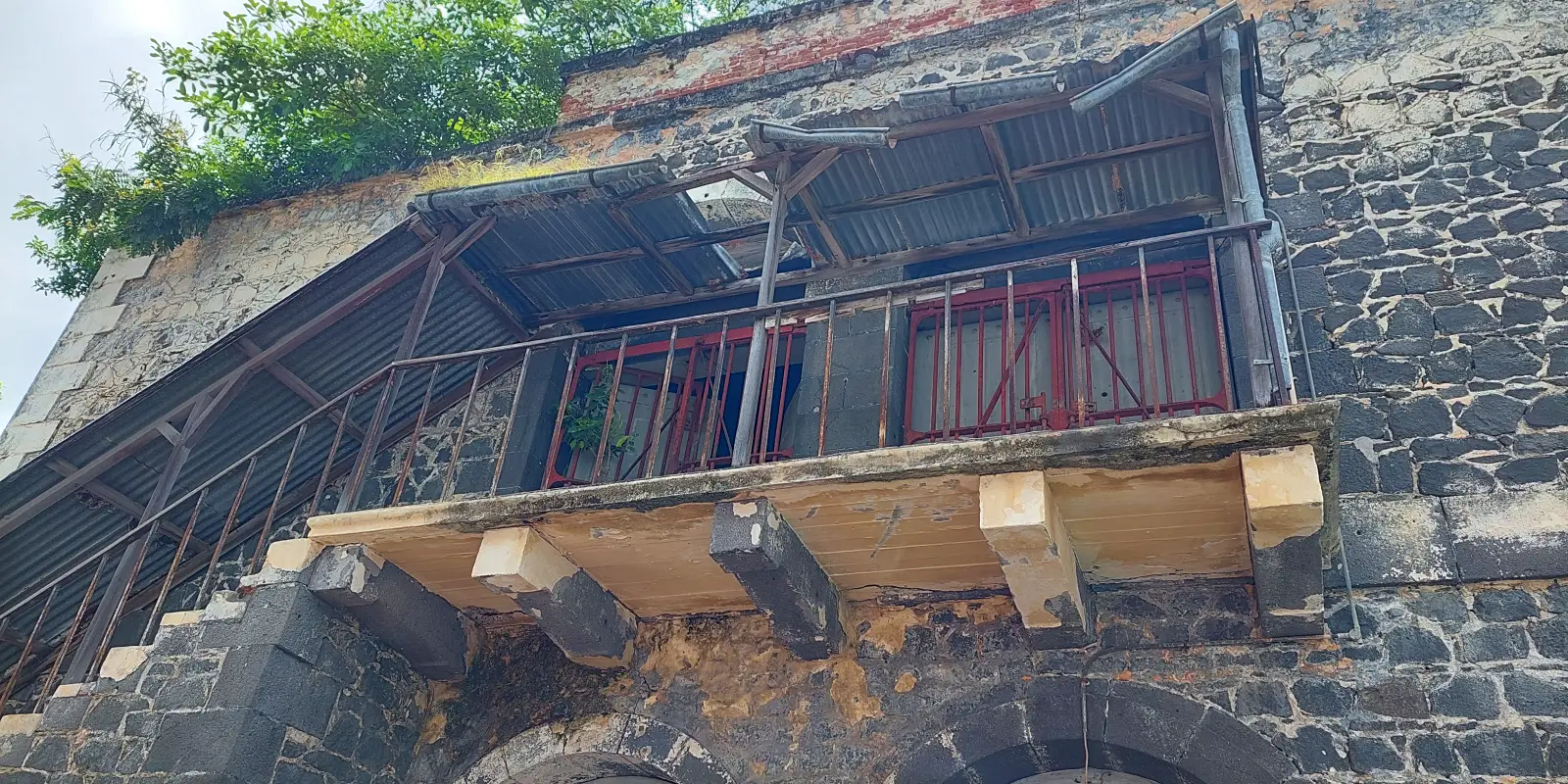Due to human activities and cruelties, most of our native endemic animals’ survival is at risk. Fortunately, with the immense efforts on conservation plans and acute measures for their protection by certain bodies, most of these endemic species have been rescued. Our climate also plays an important role in the living adaptation of many animals. This is why Mauritius cannot inhabit some species, as they will not survive for too long. The Dutch introduced the stags from Sumatra. Some giant tortoises came from Seychelles, reptiles such as the Thyphlops Brahminus from India, the monkeys from Ceylon (Sri Lanka), and so on. Today, the locals have the opportunity to encounter popular African animals on their soil, like the rhinoceros, ostriches, zebras, giraffes, etc.
But what about elephants? We do not have any elephants in Mauritius. However, that was not the case before. And this article will make you discover it!
Labourdonnais Estate
The book, The Mauritius Register: Historical, Official & Commercial, dated 1859, compiled by Palmer and Bradshaw, mentioned an elephant lived at Labourdonnais and lived among the inhabitants.
The Labourdonnais Estate is in the North of Mauritius Island. In 1858, Christian Wiehe founded the famous Château de Labourdonnais. Jacques de Chasteigner Dumée has owned the estate since the early 1820s. During that time, a sugar mill was built and annexed by Belle Vue Harel. It was decommissioned in 1960 and rebuilt in Hippo Valley, Rhodesia, today known as Zimbabwe.
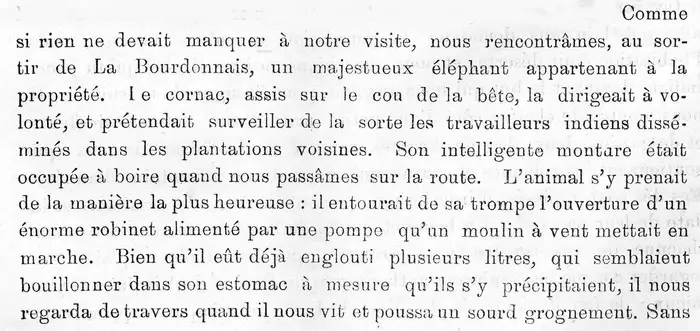


et la Société Mauricienne, 1877 & The Mauritius Register, 1859.
An inhabitant’s journal revealed that Adrien D’Epinay brought the elephant to work in sugarcane fields and to transport sugarcane to the sugar mill as a trial. The elephant was popular among the villagers. The animal used to accomplish a few mechanical tasks at the windmill of Labourdonnais. Despite Adrien D’Epinay having imported the animal, he was not the owner! The owner was the engineer Llyod, reputed for designing the Grand River North West bridge in 1837.
The Mysterious Elephant
Based on archive records from the Château de Labourdonnais, the elephant was imported from India by Adrien D’Epinay, at the end of the 1830s. Adrien D’Epinay, the father of the great sculptor Prosper D’Epinay, who contributed enormously to the standard of living of slaves in the 1830s, was also the co-partner of Jacques de Chasteigner Dumée on Labourdonnais sugar estate. The elephant came with its mahout. He used to stay near the windmill of Labourdonnais (photo below). The illustrations further show the references to the elephant from the book Revue Historique et Littéraire de l’île Maurice et la Société Mauricienne, 1877 and The Mauritius Register, 1859.
There was a plan to introduce elephants on the island before the 1830s. At the beginning of the 1820s, Mr. Kidd advised Charles Telfair to import elephants from Calcutta to carry timber from the forest of Bel Ombre to the seashore. But it never happened! A document in 1835 revealed that an elephant was bought for £100 (See below). No doubt, it is the same and only elephant in our colony.
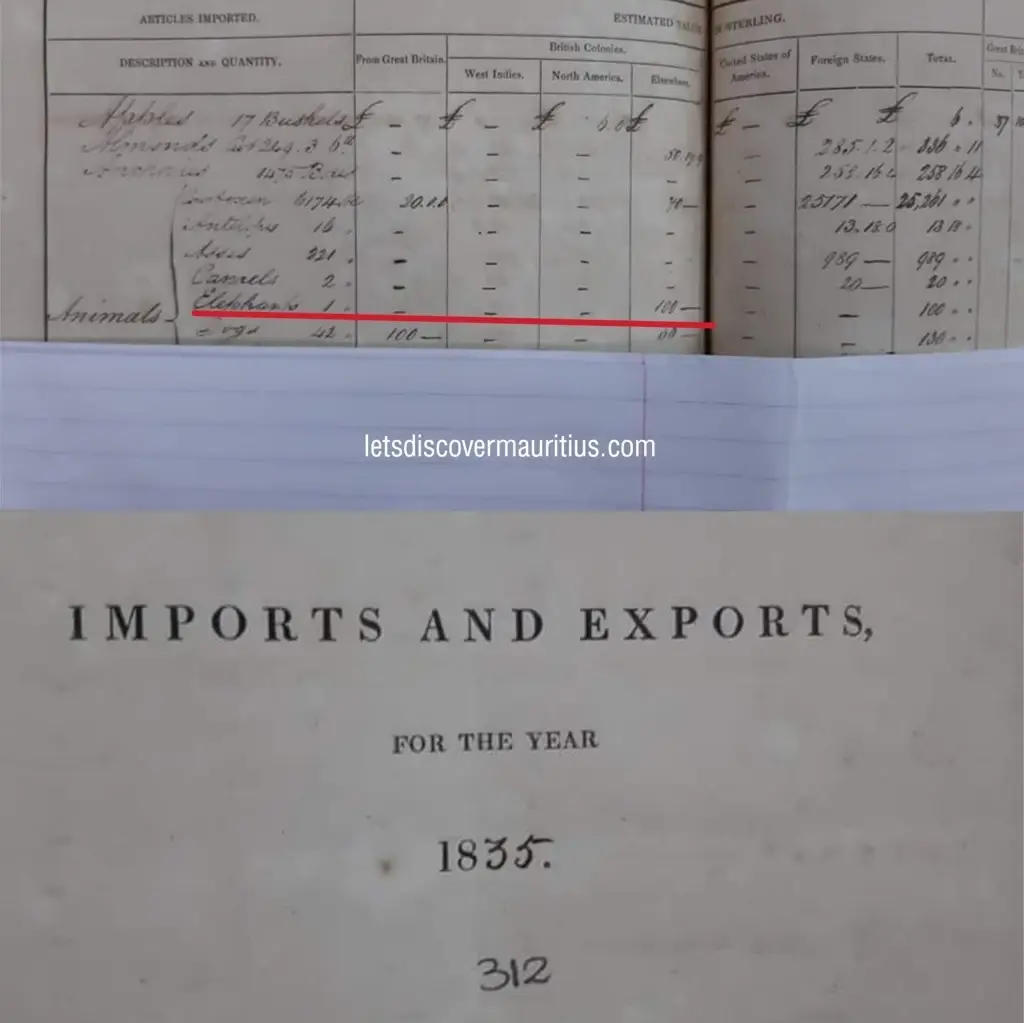
The Voyage Of Charles Darwin
In 1835, Charles Darwin, the naturalist, biologist, and pioneer in the contribution of the Science of evolution, came to Mauritius. At that time, he resided at the engineer Lloyd’s residence at Beau-Bassin. Charles Darwin used to visit the island on the back of the elephant, which engineer Llyod offered as an opportunity to ride. When engineer Lloyd returned to England after that, the elephant stayed at Labourdonnais Estate. There is a good chance it was given to the estate, but there is no proof.
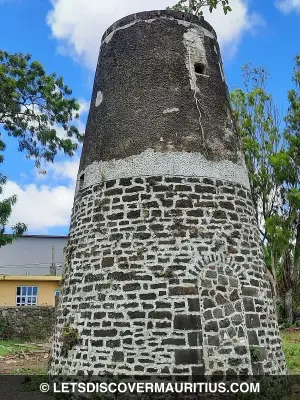
40 Years Of Living
The elephant lived for about 40 years on the estate. Some claimed the animal was buried in a sugarcane field nearby the windmill. However, the exact location of the burial place is unknown. There is no evidence the elephant was mistreated. There are records of the animal being happy and used to roam around the estate with no problem. The ruin of the windmill is situated in the parking of Les Quartier Des Serres, next to the village’s Kovil.
I lived in Labourdonnais, and my house was near the windmill ruin. I remember in my childhood, there was a rusty elephant sign on the top, and it fell later. Now, they replaced it again. I was not aware an elephant lived in the estate for so long, until decades later, in 2021, I discovered it after reading the book, The Mauritius Register, 1859. I was stunned at that moment, and from that, I started digging more into the subject. Some online resources talked about the elephant in Mauritius, particularly the trips made by Charles Darwin, but none of them have revealed it in such detail as in this article.
This is the story of the only elephant in the colony. Mauritius did welcome elephants before, but they came only for entertainment, such as in circus events. To conclude, the question remains, if an elephant lived here for 40 years without issues, will we have the chance to get such an animal on our soil again?
Discover more on the Domaine de Labourdonnais including my testimonial as an ex resident here.
Author & References

Author: Ali J | Date Published: May 4, 2021 | Last Updated: October 20, 2022
References: Import & Exports For The Year 1835 (Blue Book For The Colony Of Mauritius, 1835), Palmer & Bradshaw (The Mauritius Register: Historical, Official & Commercial, 1859), Guy Rouillard (Histoire des domaines Sucriers de l’Île Maurice), Charles Telfair (Some Account of the State of Slavery at Mauritius: Since the British Occupation in 1810), Louis Simonin (Revue Historique et Littéraire de l’île Maurice et la Société Mauricienne, 1877), Proceedings de la Société Royale des Arts 1859, Archives Fonds Wiehe, Château de Labourdonnais.
Special Thanks: This article has been achieved with the tremendous help of Bernard Maurice, museum curator & coordinator of the amazing Château de Labourdonnais. And also Christelle Mia for providing a picture of the document from National Archives which illustrates the buying of the elephant.
Subscribe For Newsletters
Not just newsletters, but you may enjoy free vouchers, coupons, activity deals and many others while subscribing…

